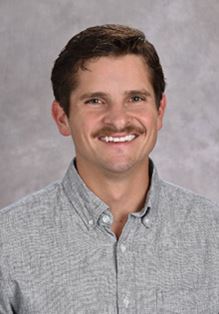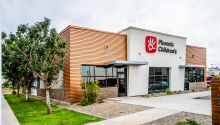1761-1770 of 2954 Results Found

Condition
Low-Vision Devices What is low vision? Low vision is a condition that means your vision can't be helped with traditional eyeglasses, contact lenses, intraocular lens implants, or corrective surgery. But in some cases, people with low vision may get help with special visual
CME Session
PCH - Why Focus on the Healthcare Experience? - Harris P. Baden, MD
At the end of this presentation, participants should be able to: Understand why patient experience matters Understand why clinician experience matters Understand how experience impacts every measure of value to a healthcare organization
Animal-Assisted Therapy (AAT) Volunteers
At Phoenix Children’s, part of our Animal-Assisted Therapy (AAT) Program relies on hospital volunteers – both those with therapy animals and those without. Learn about our volunteer roles. To become a volunteer, visit the hospital’s volunteering page and register as an in
Conditions We Treat
Our Sports Medicine team at Phoenix Children’s diagnoses and treats a range of common and more complex sports-related injuries affecting children and teens, including: Ankle injuries and instability Cartilage repair or replacement Concussions and other head injuries Elbow


CME Session
PCH - Supporting Healthcare for Youth with Neurodevelopmental Disabilities: How Can We Make SAFE Care a Reality? - Carol Weitzman, MD
At the end of this presentation, participants should be able to: Know the challenges and barrier faced by people with NDDs in healthcare settings Understand what SAFE care includes Identify at least two action steps they can take to address healthcare inequities for people with
Condition
Anatomy of a Newborn Baby's Skull The skull may seem to be one large bone, but it's made of several major bones that are connected together. The major bones that compose the skull include: 2 frontal bones 2 parietal bones 1 occipital bone These bony plates cover the brain, and
Programs & Services
We believe we're stronger together. Our exceptional team consists of endocrinology physicians, certified diabetes educator nurses and dietitians, and psychologists. Together, we offer patients: Innovations in care and research, including management of insulin pumps and continuous
